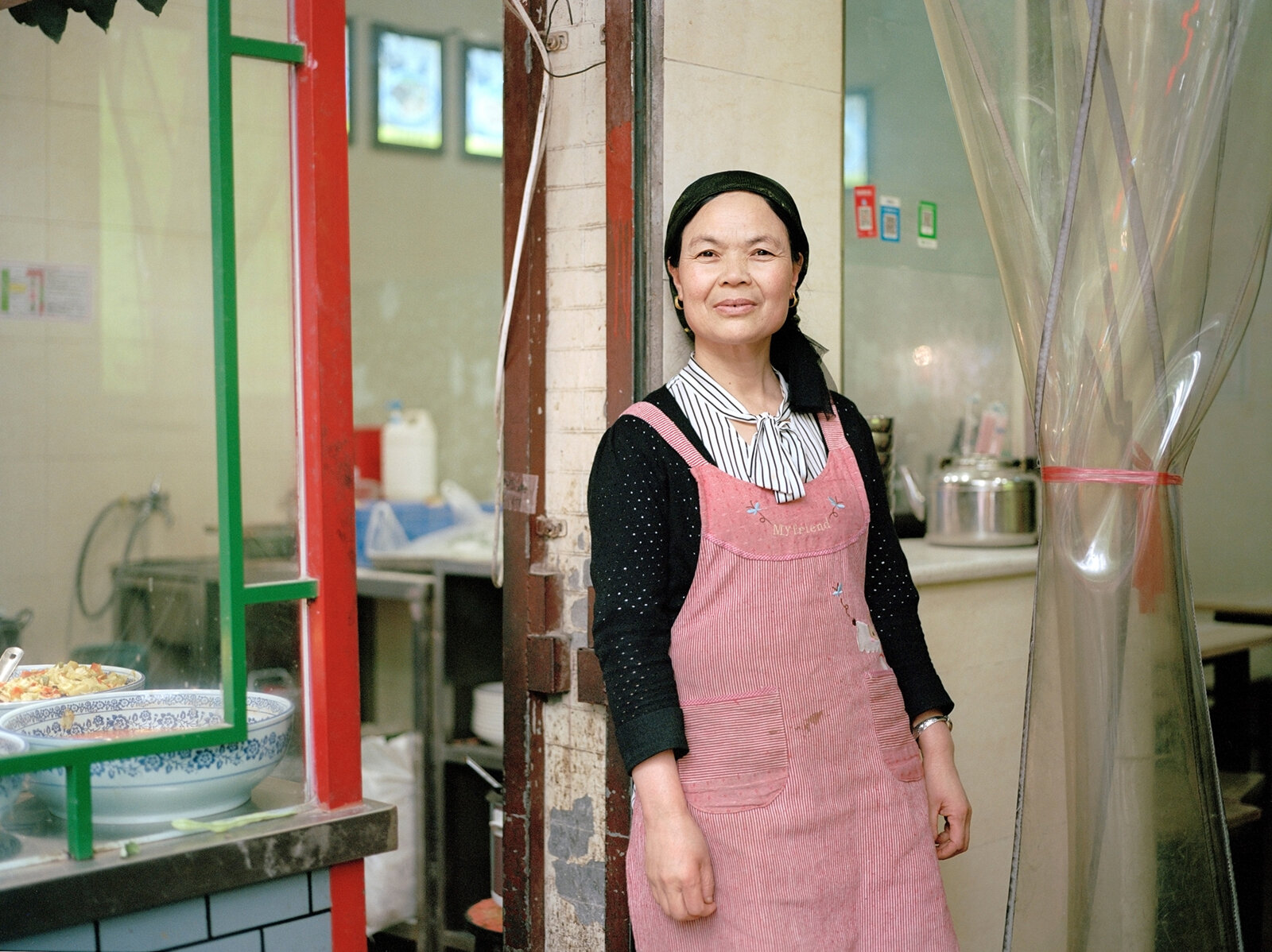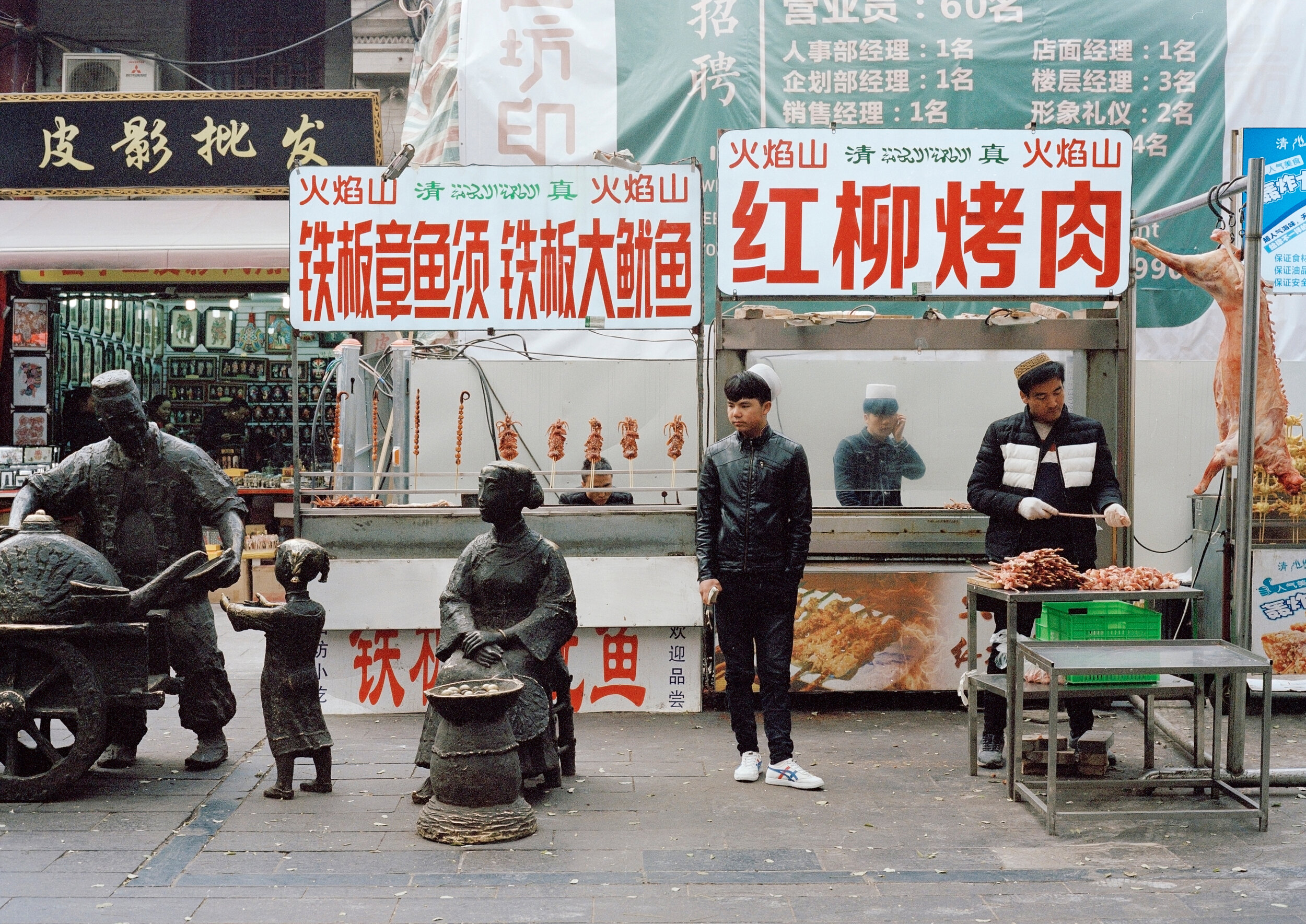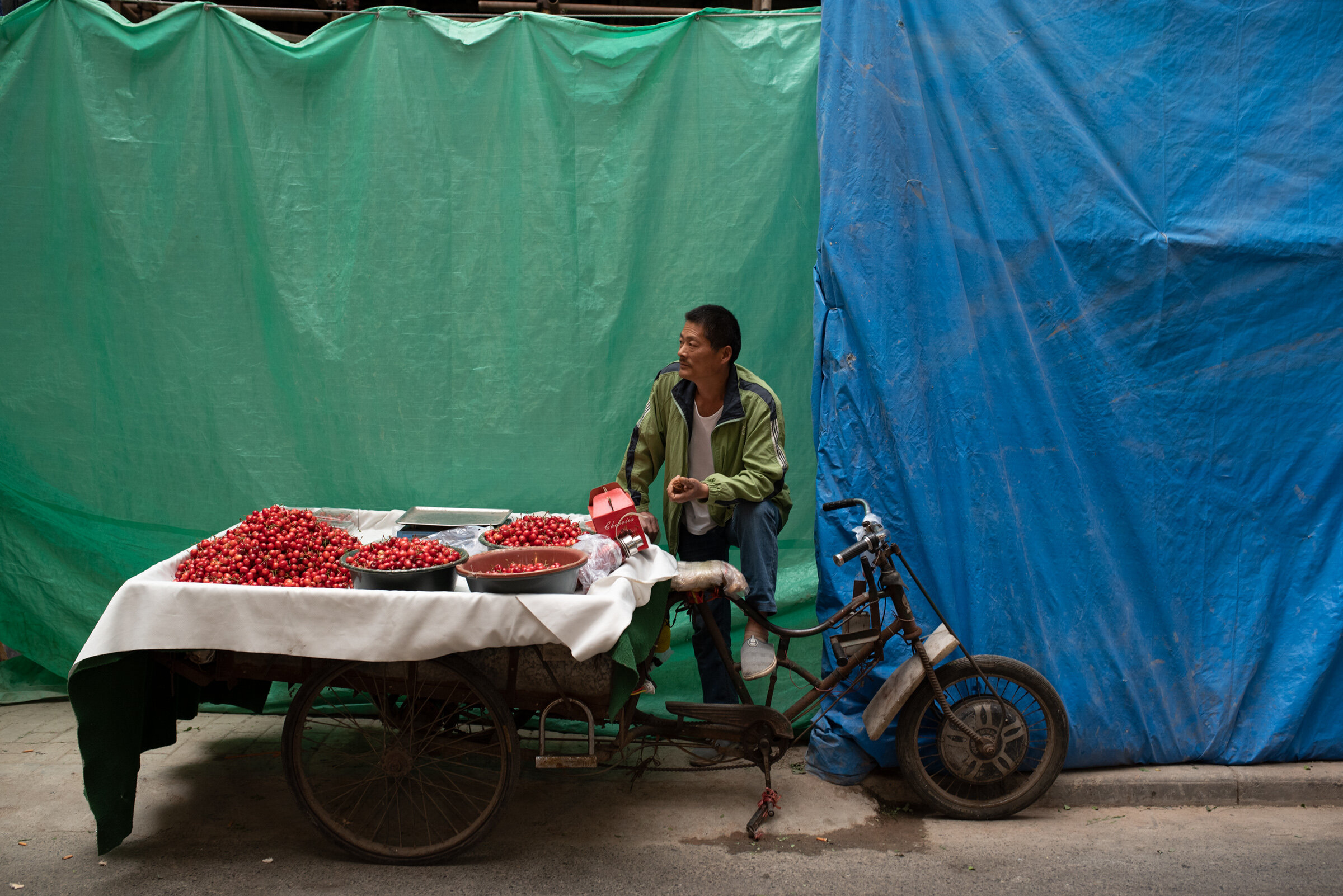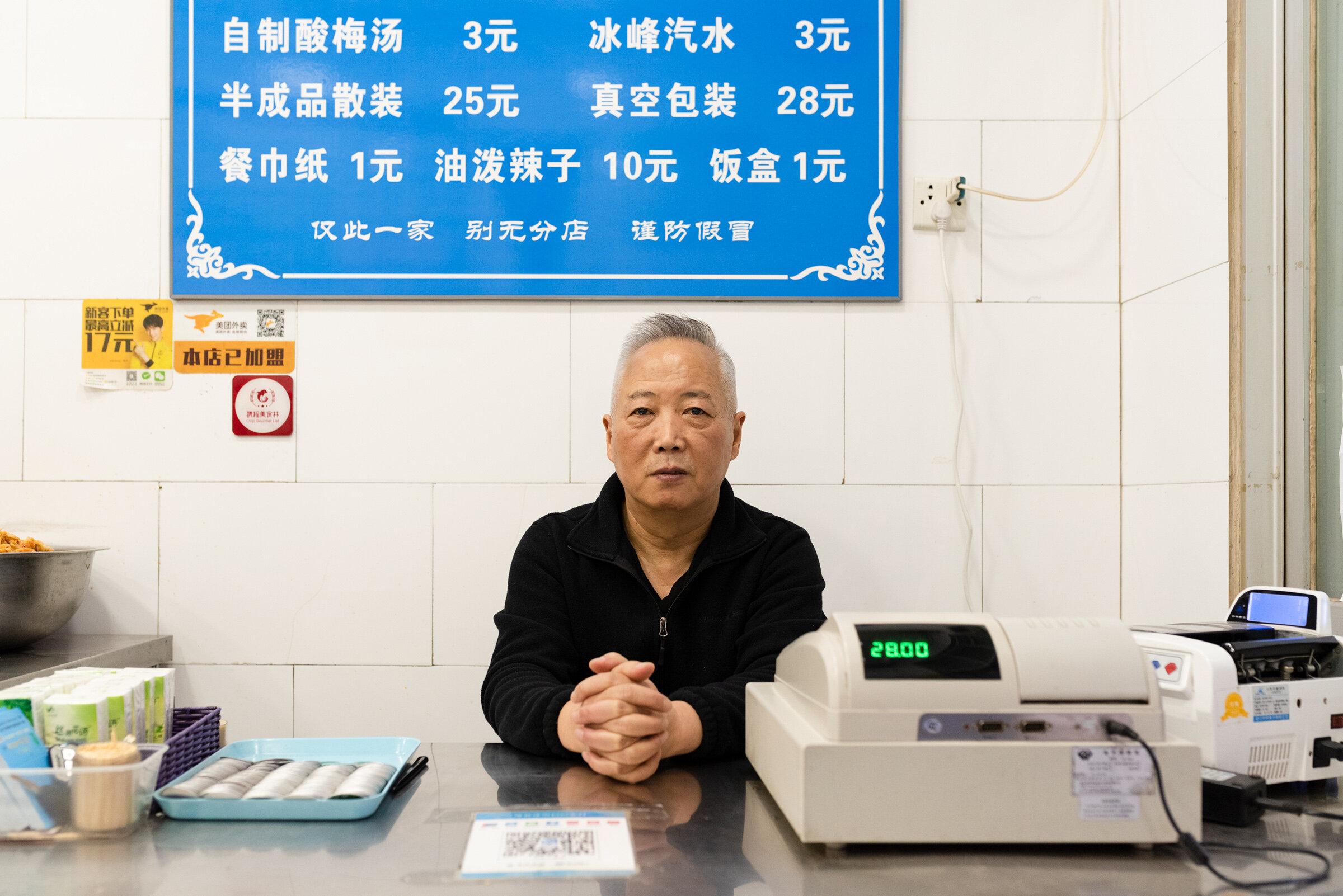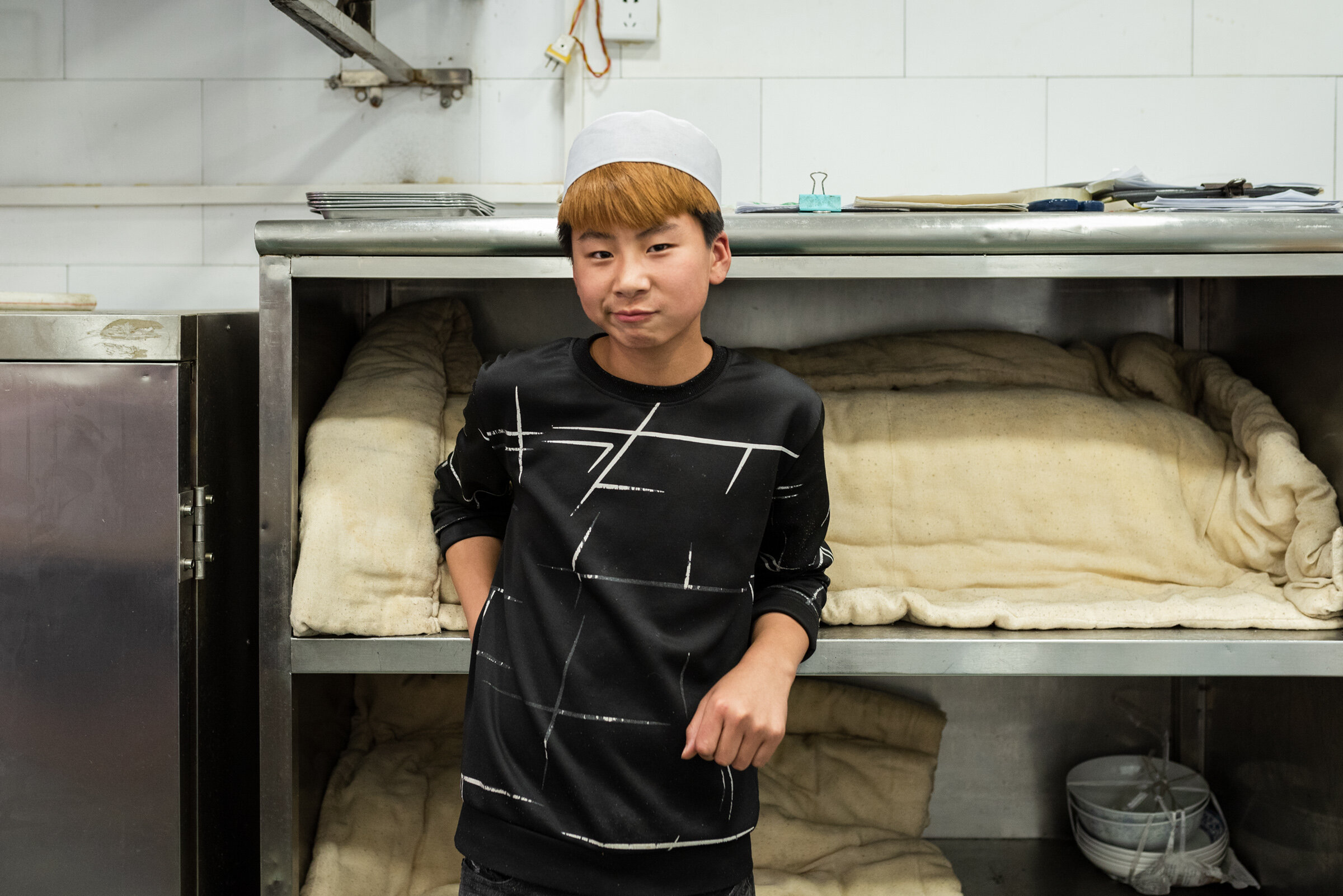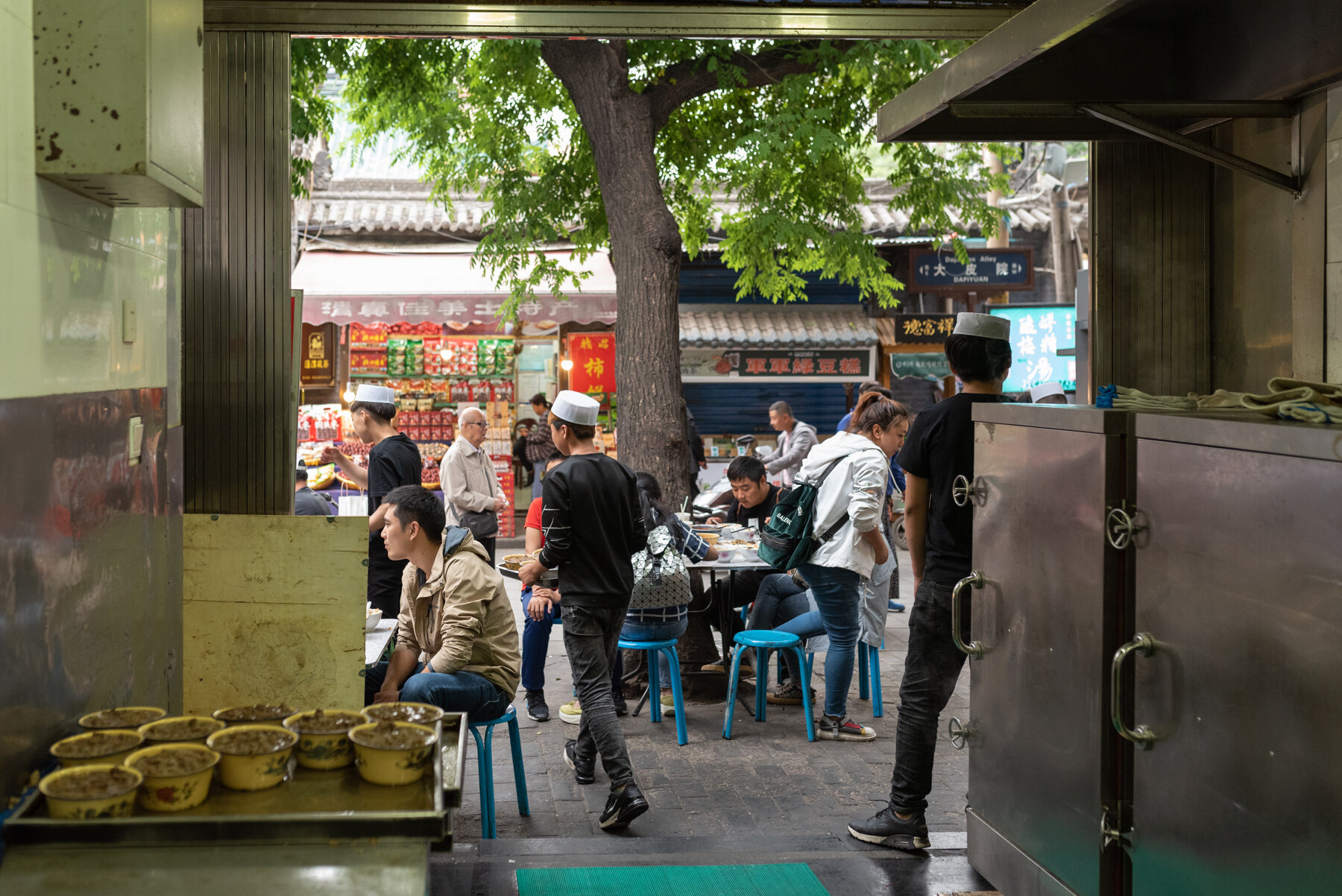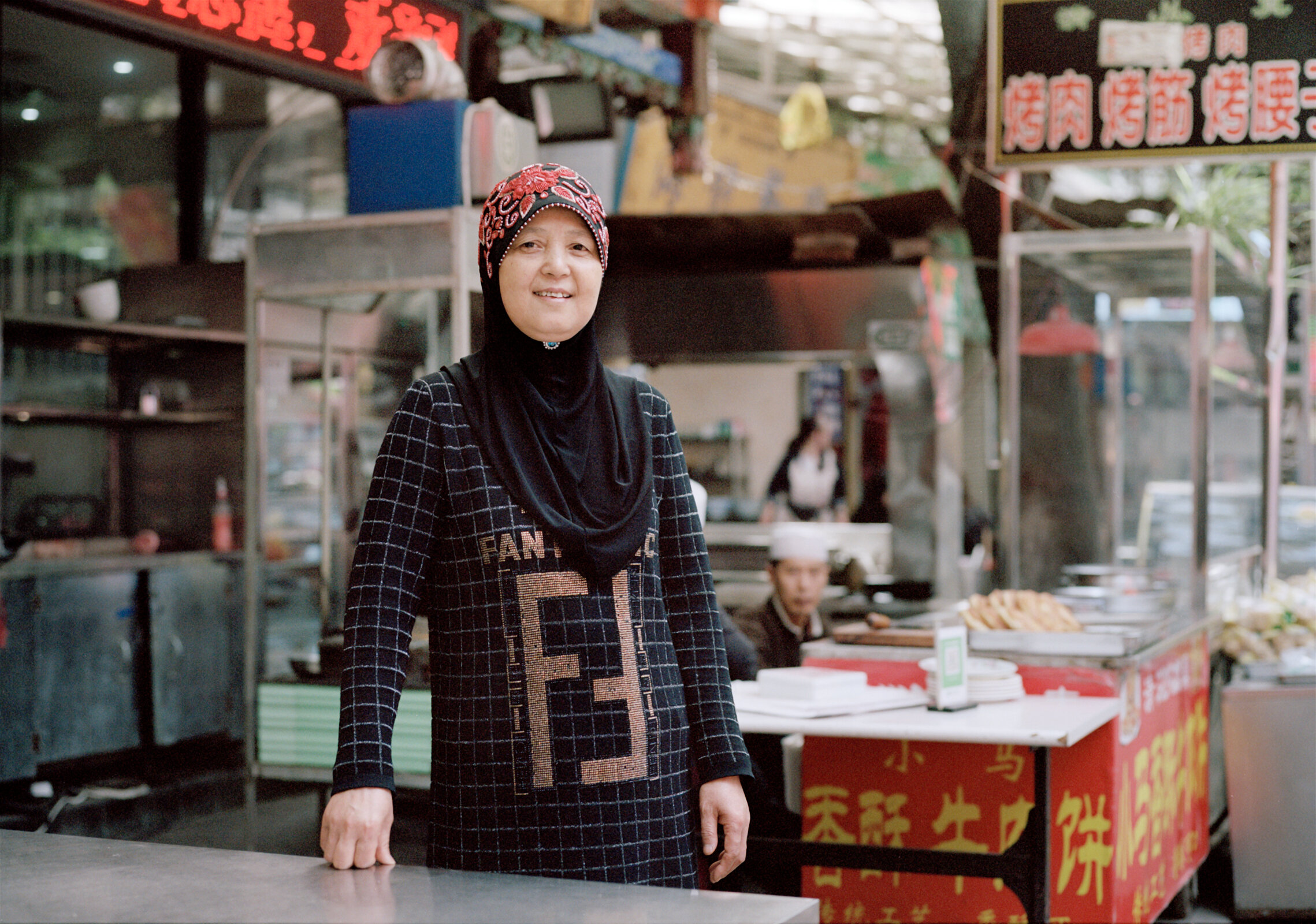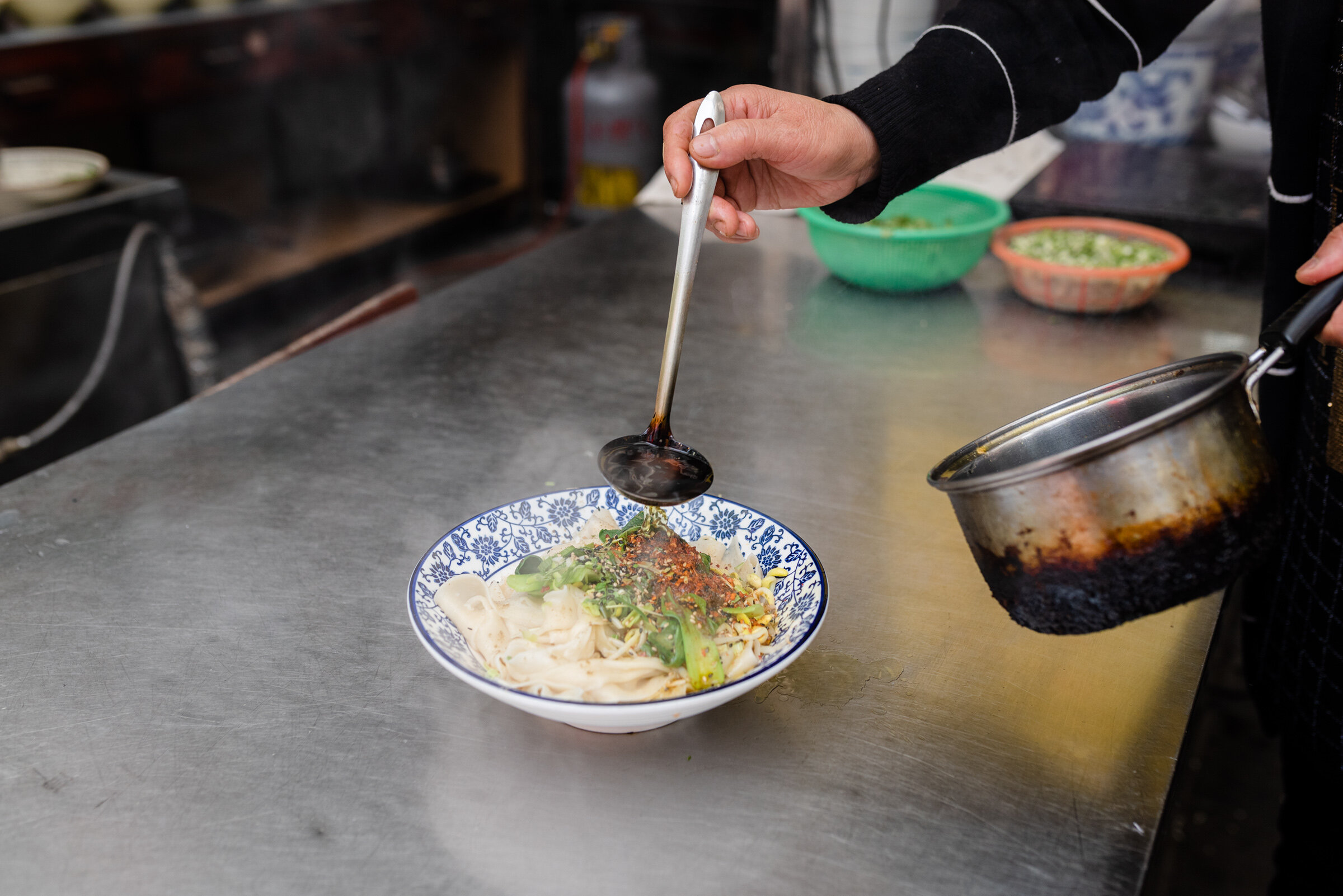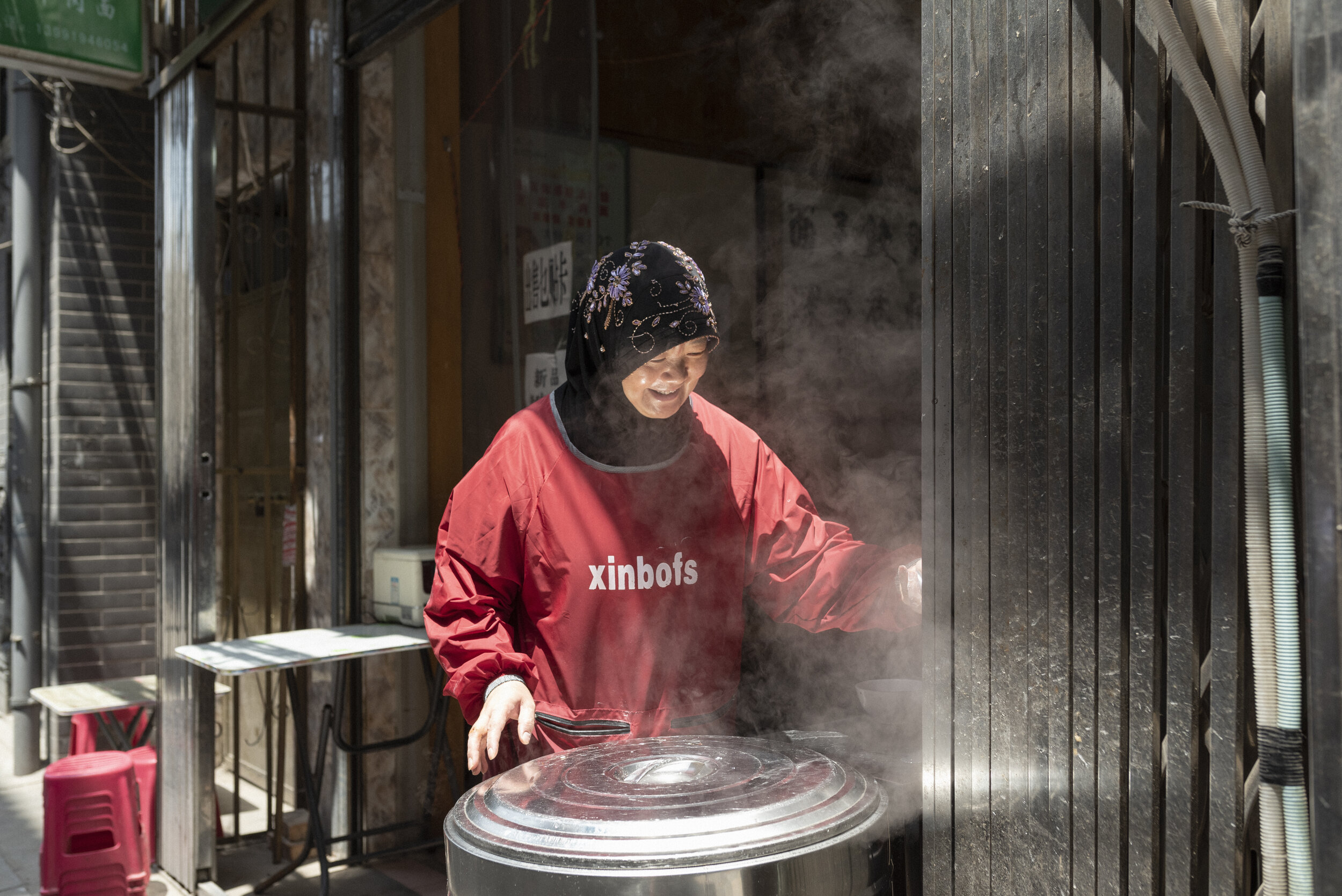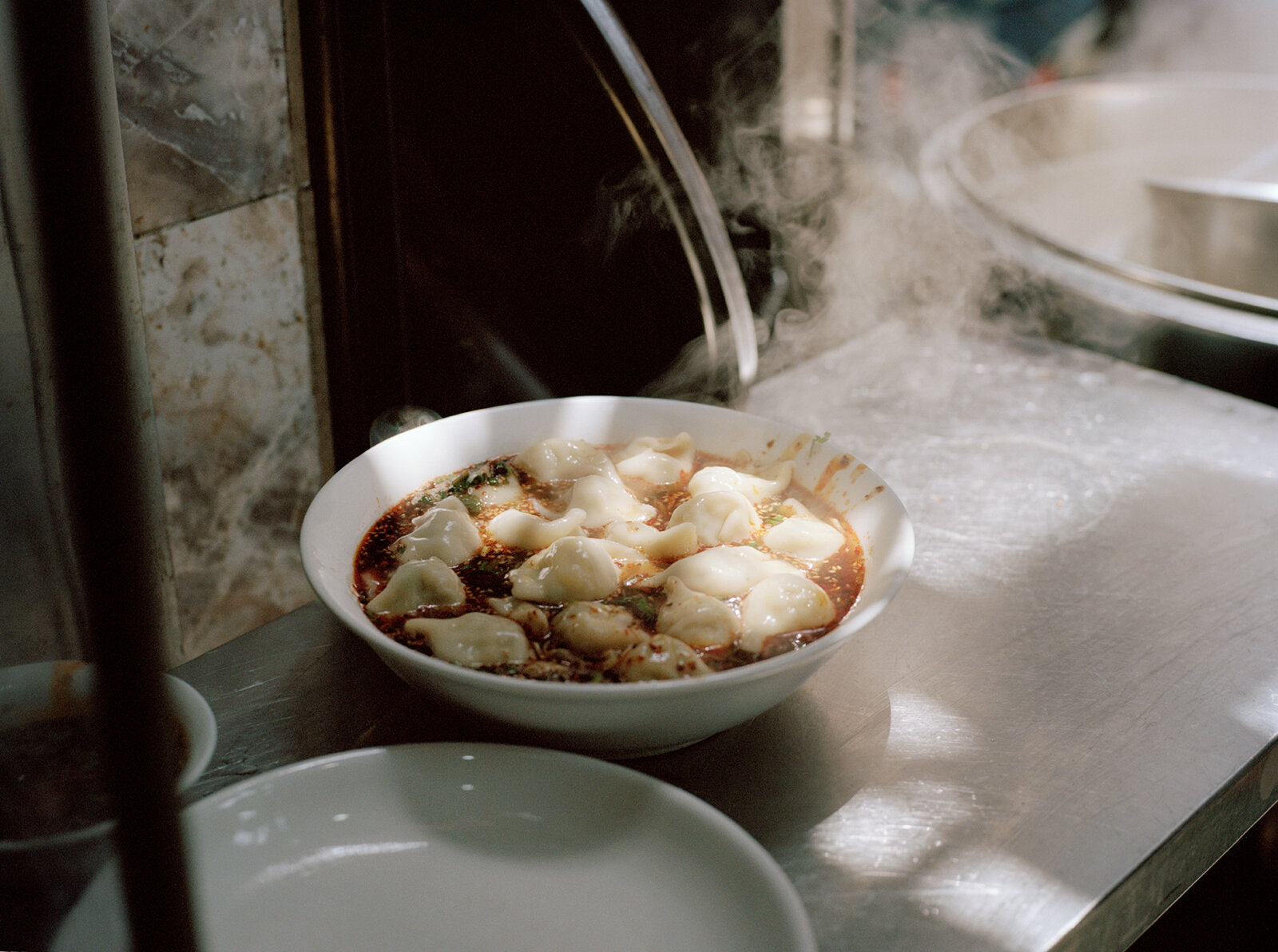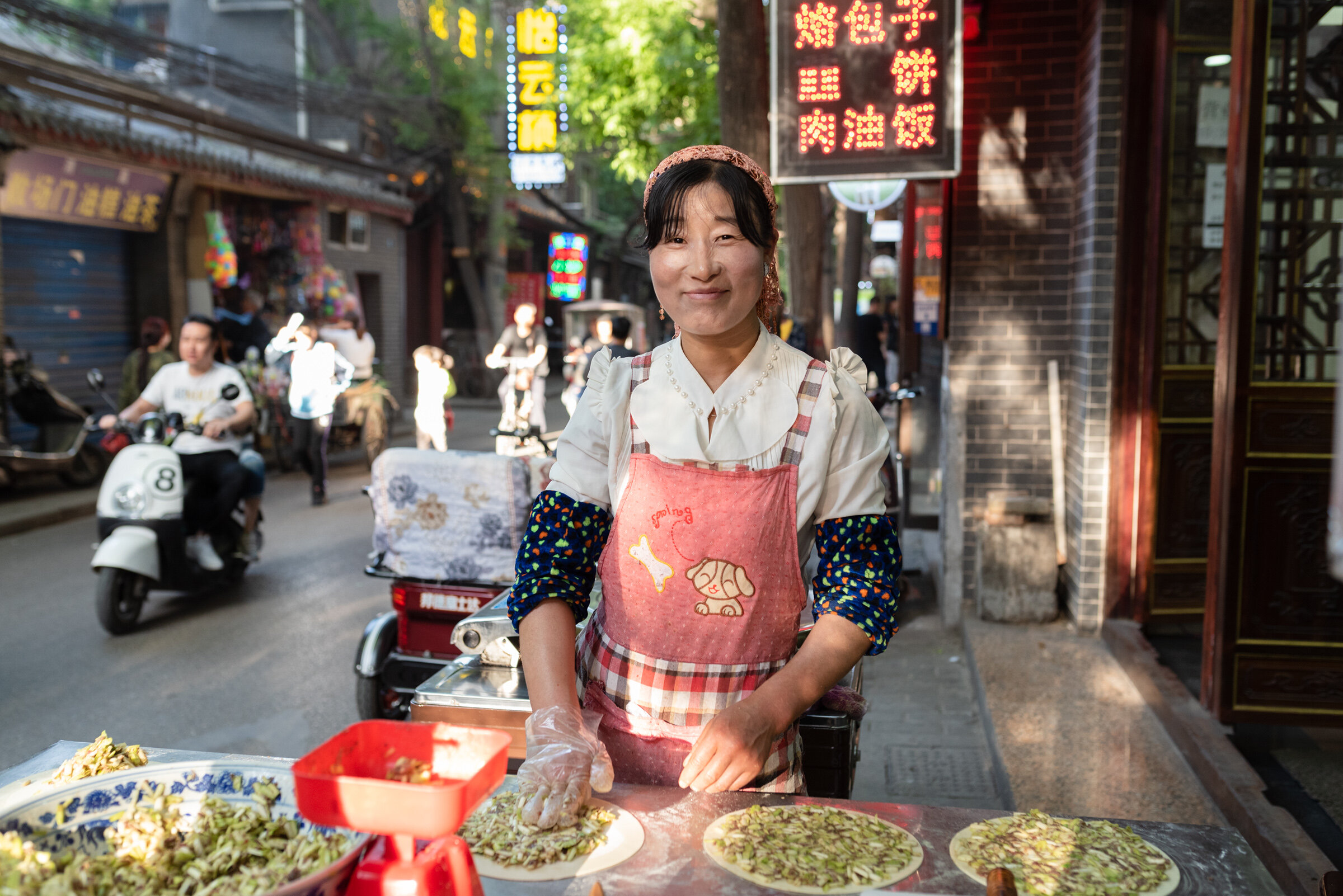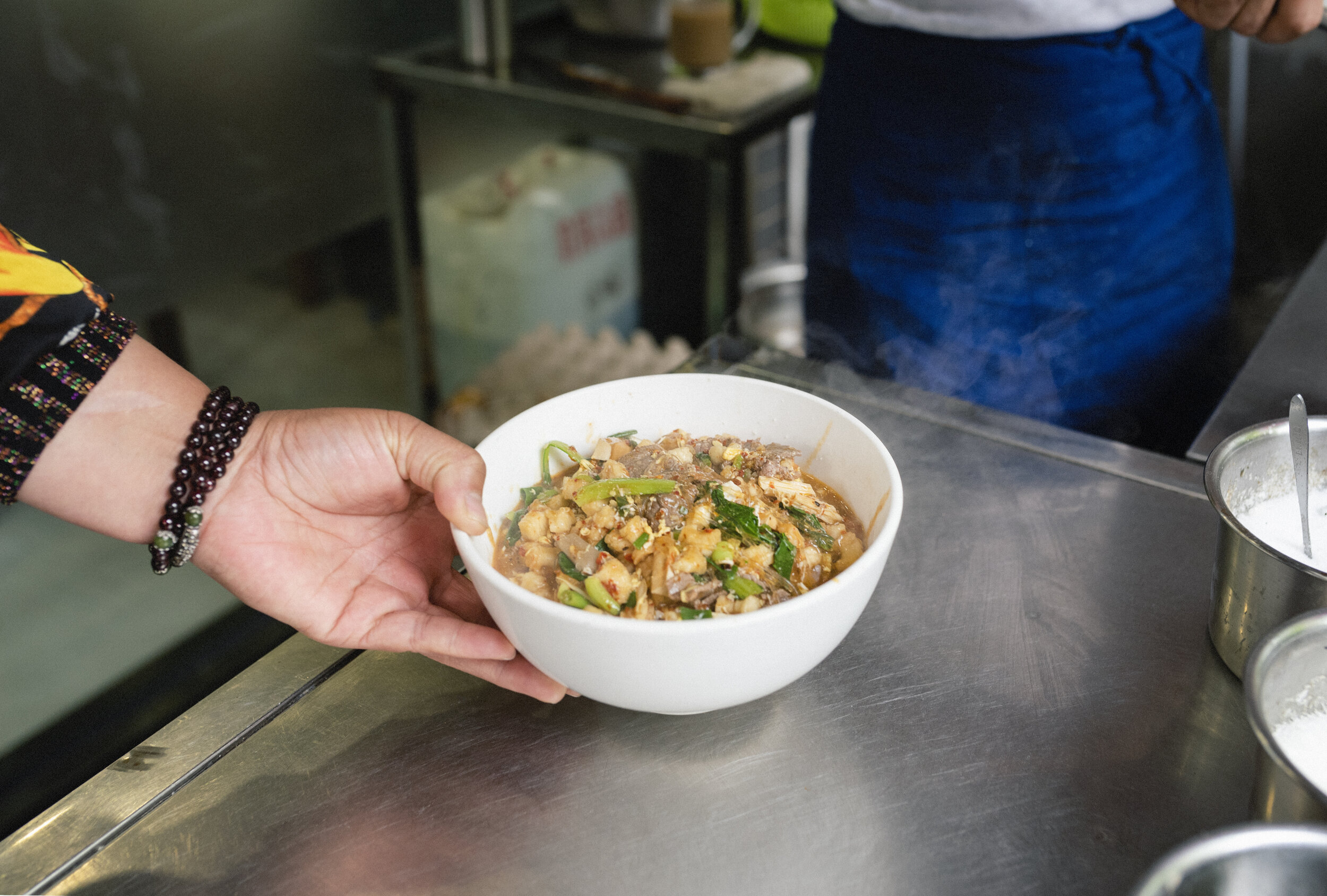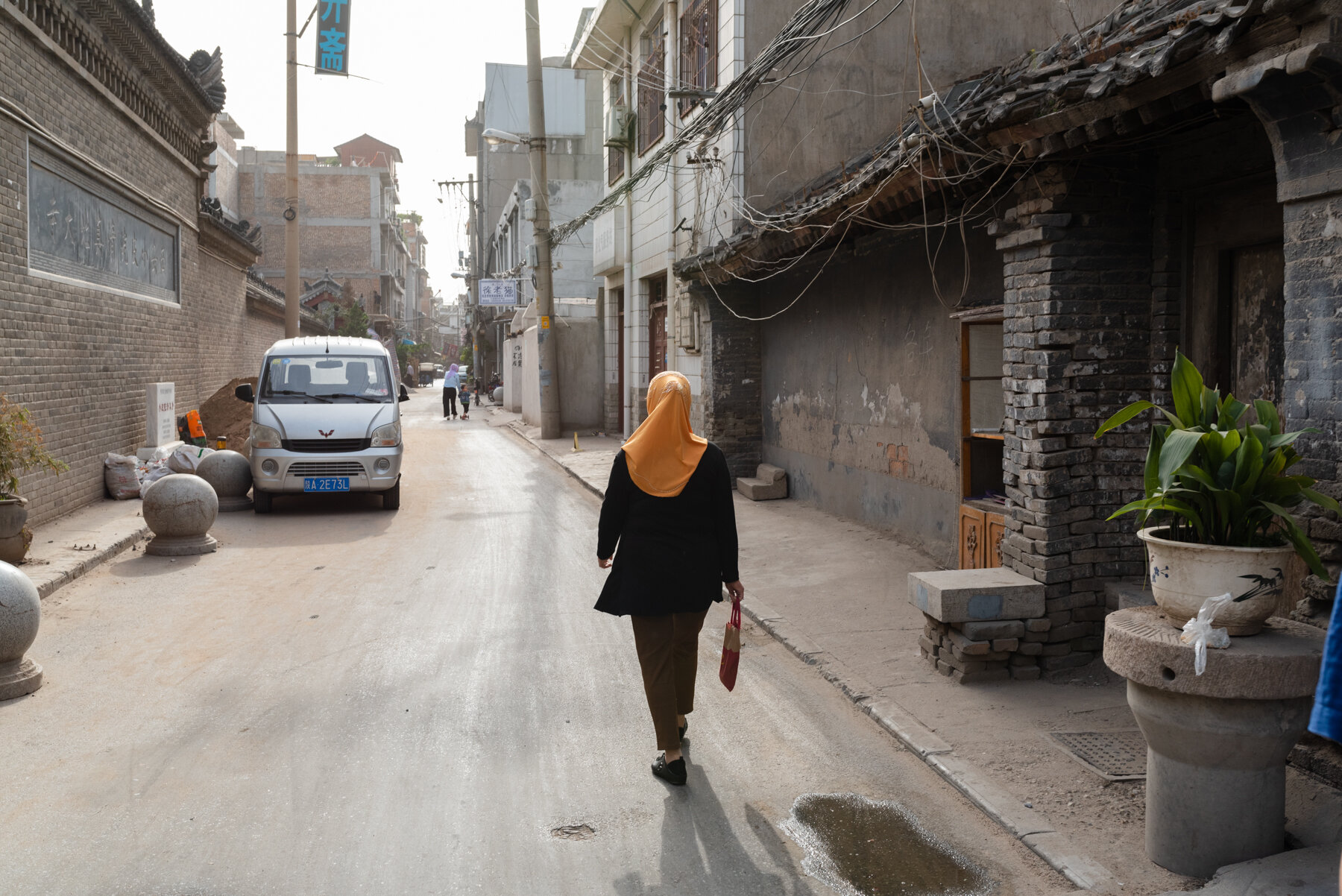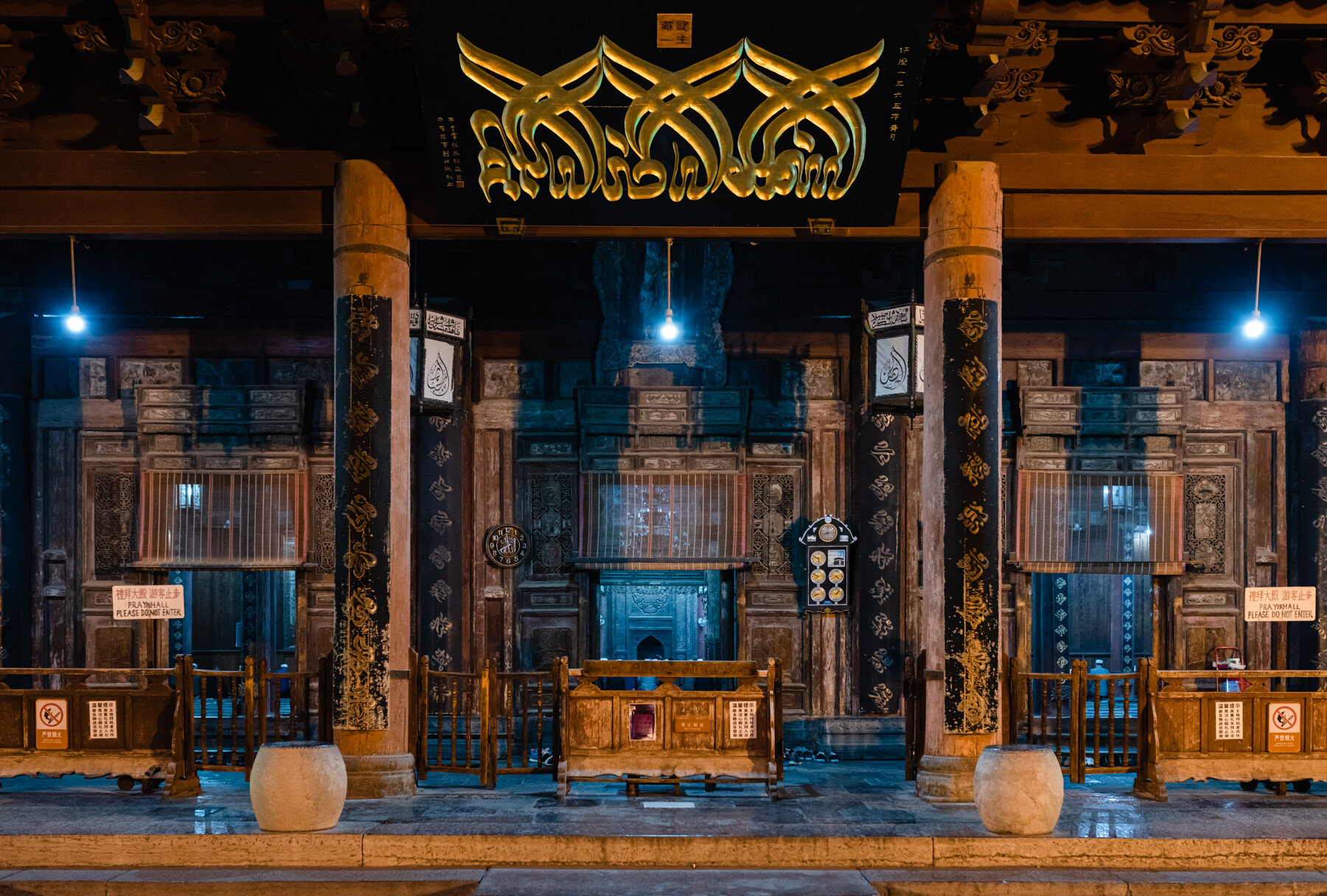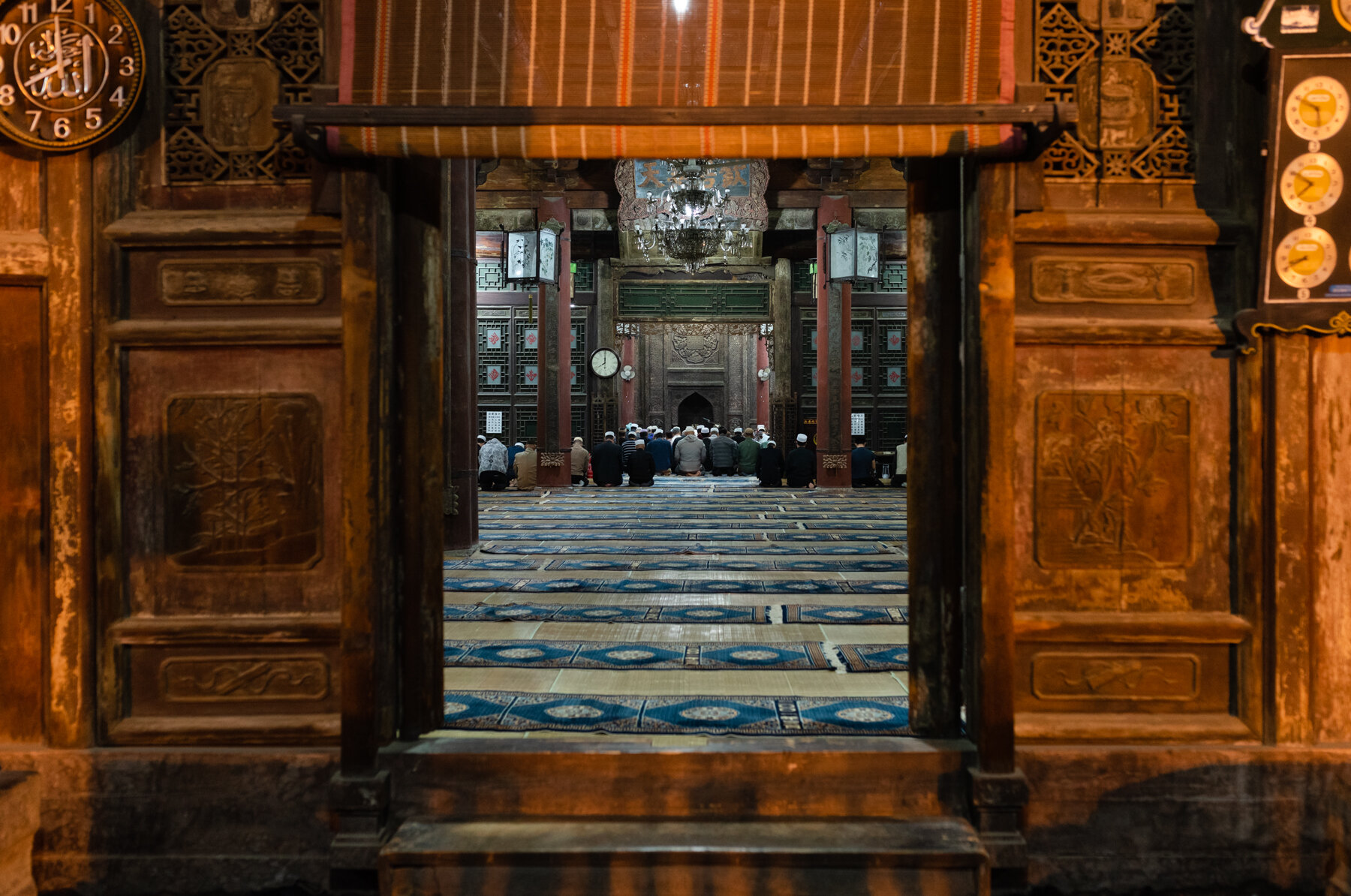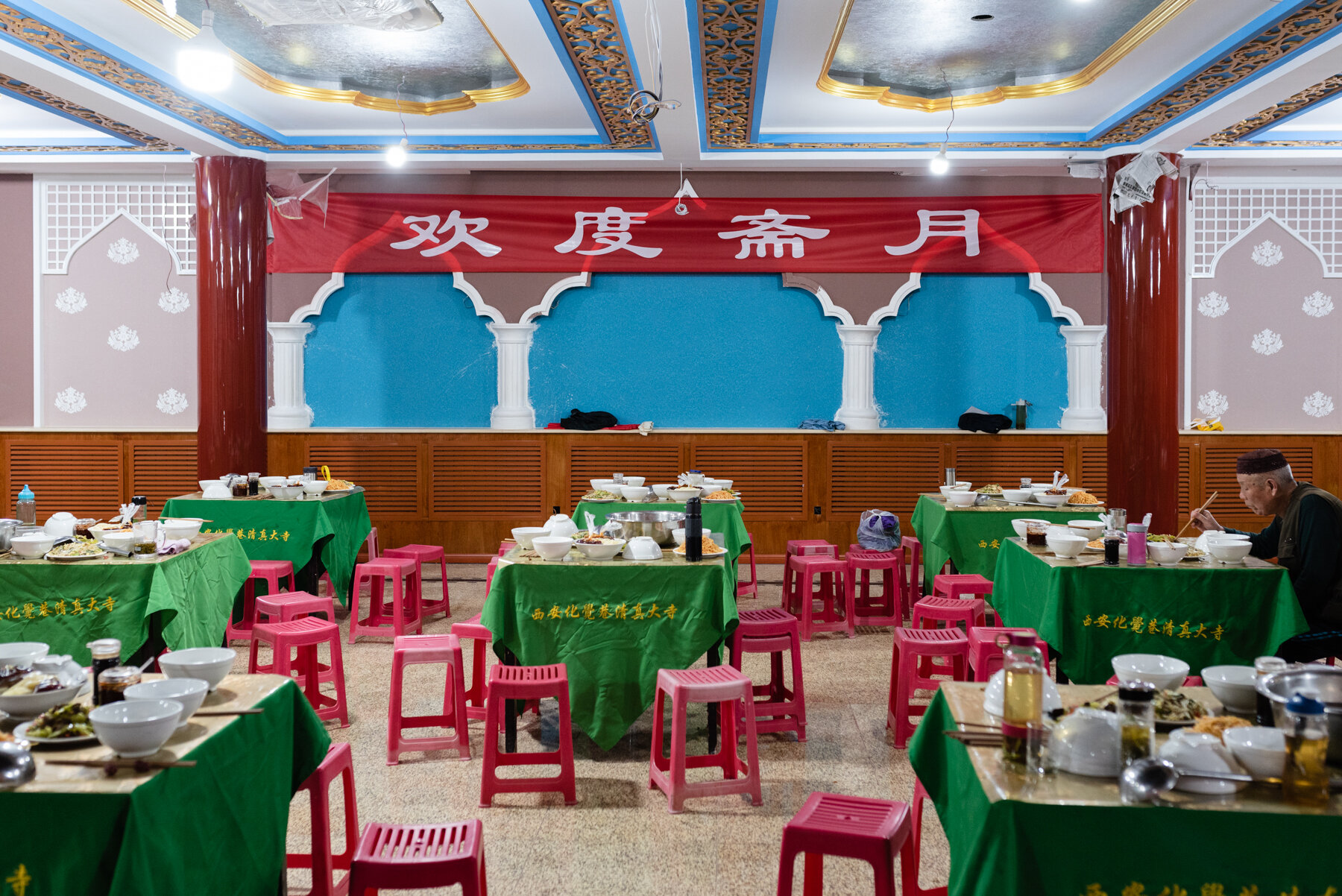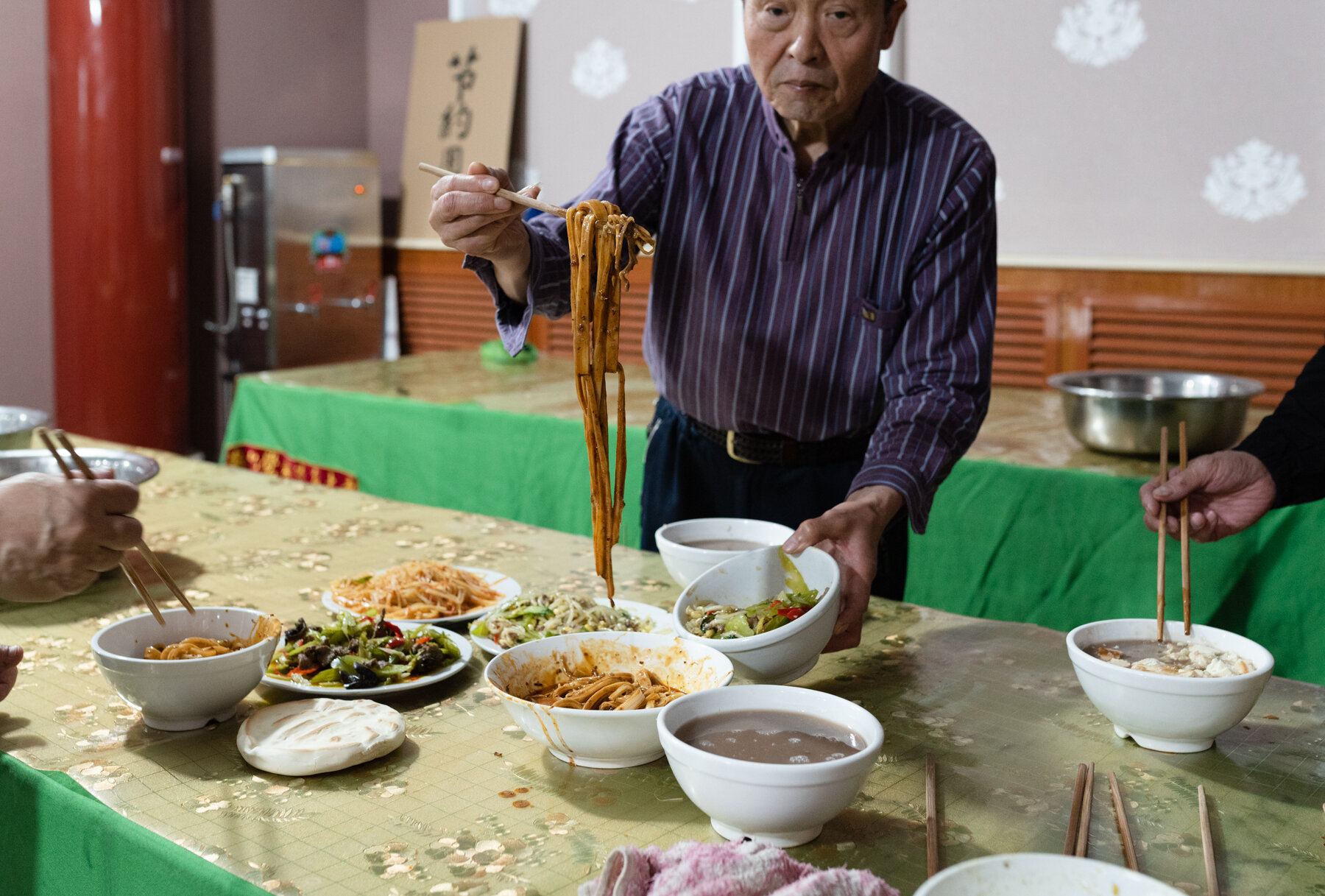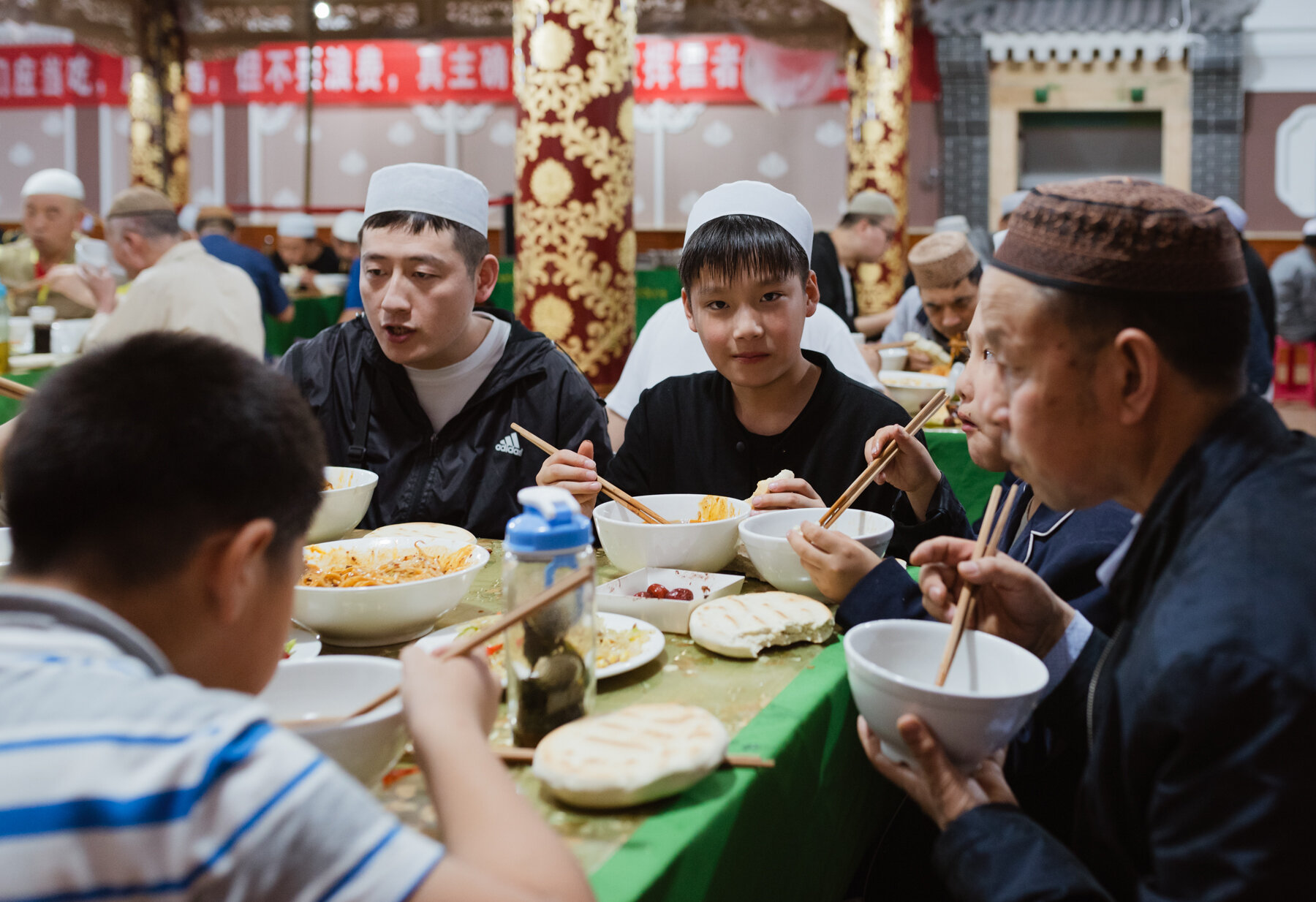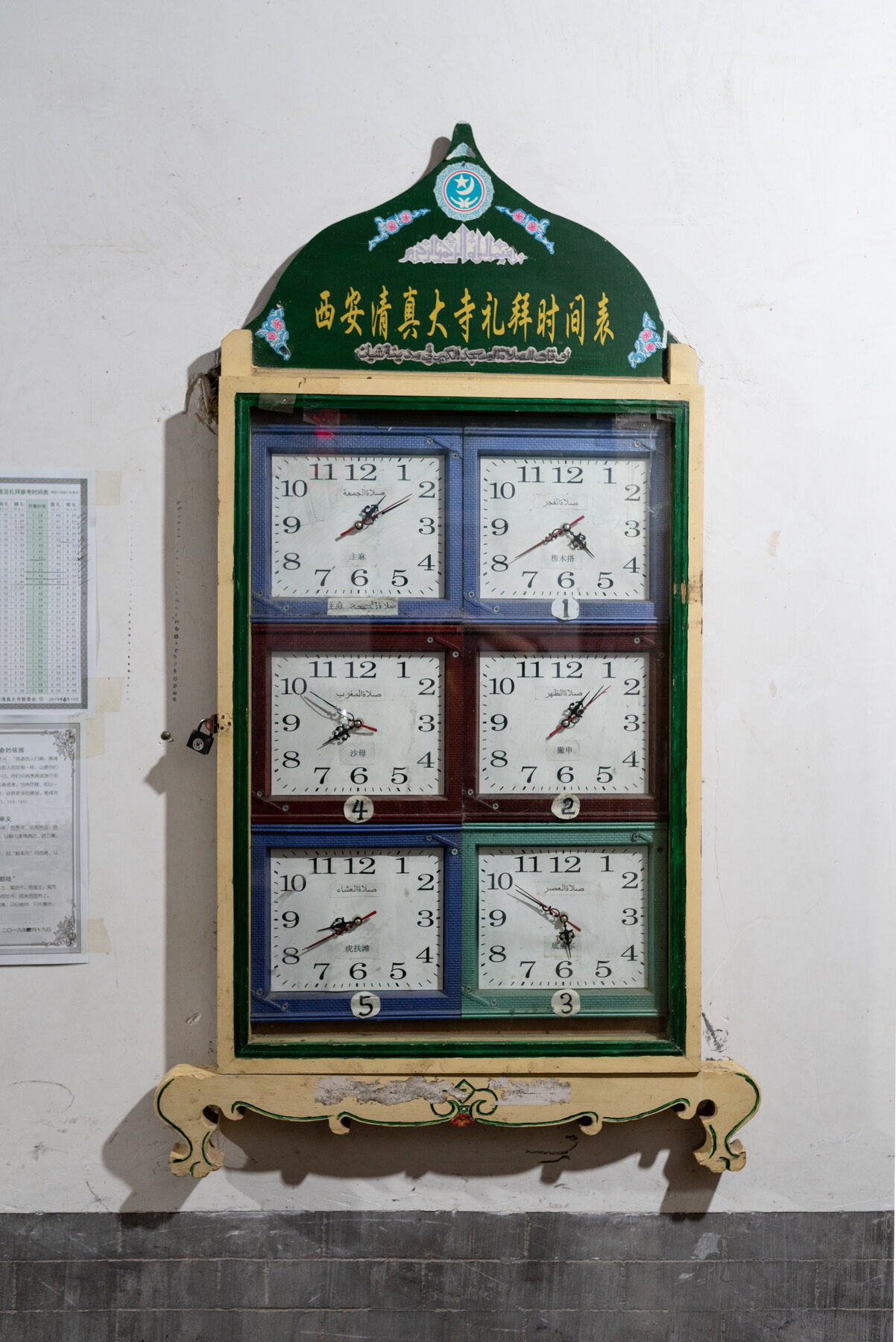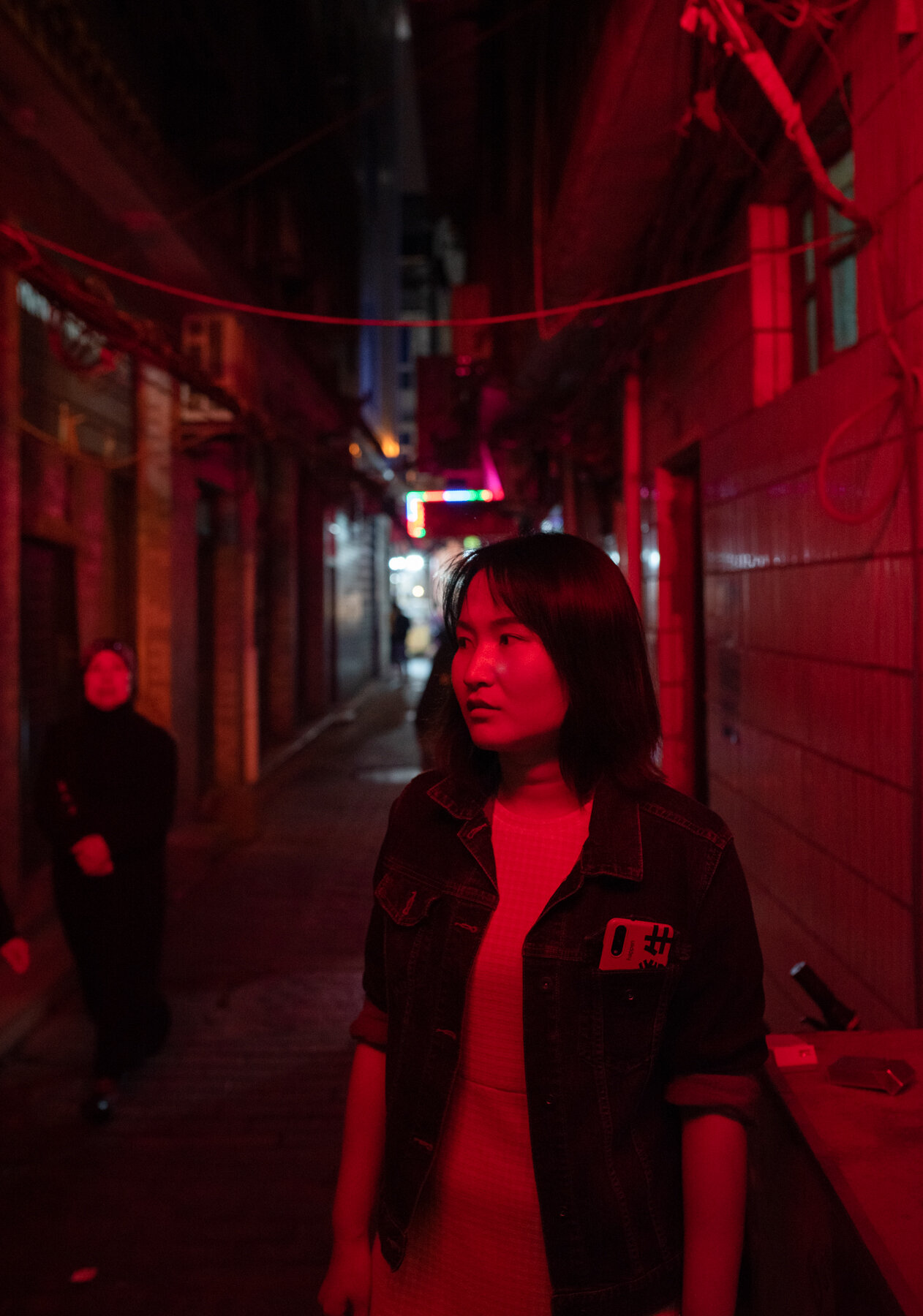Muslim Quarters of Xi’an
Xi’an is one of the oldest cities in China, and one where its history is potent and thickly infused into the city’s culture and infrastructures. One of the four great ancient capitals of China, and one end of the Silkroad, it is famed for its Terra Cotta Warriors and other ancient relics.
But to me, Xi’an was my first home, and where I spent my early childhood years before my family moved to Canada. I spent most of my time then at my grandparents, whose apartment community was squeezed between narrow, crowded streets, lined with food carts and restaurants. What I didn’t realize at that young age was the rich and complex history of those streets.
This series documents an area in Xi'an known as the Muslim Quarters, where most of the residence are Hui—a Muslim ethnic group in China. In the last decade the area has become a booming tourist destination, known for its street food. Having spent my early childhood there, I haven't been able to find this unique food scene anywhere else. As Chinese Muslims continue to be systematically persecuted in China, the Hui people are working hard to hold on to their homes, religion, and culture, even if it means making it a commodity.
I was lucky enough to be there during the month of Ramadan, when Muslims practice fasting from dawn to dusk. As night fell, the local Great Mosque offered a seat and a meal for anyone wanting to eat. A friend took me through the dark and quiet side streets, so dark compared to the neon-lit, circus-like main strip. Collectively, men separated from women, they prayed, and then they ate.
Featured in Photo Life Magazine.
The main strip of the Muslim Quarters, where restaurants, food stands, and gift shops line the street. Vendors holler out what they’re offering, and neon signs overlap one another.
Ms. Cui works at a restaurant serving vegetable stew on one of the main strips of the Muslim Quarters. She had heard about the booming tourism industry in this particular area of Xi'an and came only four months prior in hopes of making a better living.
Street food stand on one of the main strips of the Muslim Quarters. Lamb, beef, and other exotic fare is popular among the vendors, all except for pork, which is prohibited in Islam.
A street vendor selling cherries along the roads of the Muslim Quarters.
Portrait of Mr. Li who runs the restaurant "Ding Jia Xiao Su Rou" with his sister. The restaurant has been open for over thirty years. Their specialty is Xiao Su Rou, a minced beef dish enjoyed with rice.
Mr. Wong, 15-year-old, works as a server at Ding Jia Xiao Su Rou.
Bowls of Xiao Su Rou waiting to be served. This is a popular minced beef dish served with rice.
Customers enjoy a meal at the outdoor seating area of Ding Jia Xiao Su Rou Restaurant.
Mrs. Jie was born and raised in Xi’an, and started her business in 1989, from her home. “Not many people were in business back then, so it was a huge risk.” She referred to, in Chinese the phrase “Xia Hai” which literally translates to going into the ocean, a phrase referring to taking a risk. She’s been in the restaurant business for fifteen years and takes immense pride in serving her hand-pulled noodles to both tourists and locals alike.
Mrs. Jie pours hot oil over scallion and chilli oil hand-pulled noodles.
Ms. Ma is from a family of three sisters who help run their dumpling restaurant. These dumplings were a staple when she was growing up as well as for many families in Xi’an. She’s glad to be on a quieter street, serving mostly locals.
A steamy plate of dumplings with chili oil ready to be served. Dumplings are especially popular in the north western regions of China.
A restaurant worker makes vegetable pancakes.
Crispy vegetable and beef pancakes, a popular dish in the area.
Yang rou xiao chao is a Xi'an specialty where in shredded flat bread is sautéed together with a mutton stew, vermicelli, eggs, and veggies. My favourite dish and something that always reminds of Xi'an.
A woman walks down a quiet alley, a lesser seen part of the Muslim Quarters.
The Great Mosque of Xi’an at night time.
Locals pray inside the Great Mosque of Xi’an before dinner.
A communal dinner is set up in the Great Mosque of Xi'an during Ramadan.
During the month of Ramadan, the Hui people fast during the day and eat at night. At the Great Mosque of Xi’an, dinner is hosted free to locals to eat together. Men eat separately from women.
Noodles being served at dinner inside the Great Mosque of Xi’an.
People of all generations come to eat together at the Great Mosque of Xi’an at night during the month of Ramadan.
An elder at the community dinner set up in the evenings during Ramadan.
Times of prayer displayed inside the Great Mosque of Xi’an.
Nadiya is a school teacher and her late-grandfather was the former Imam at the Great Mosque of Xi’an. She was open and eager to show me the beauty and nuances of her culture. She remembers her grandfather as a man who had the same openness, to share and to teach.



